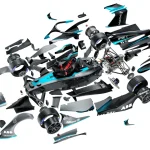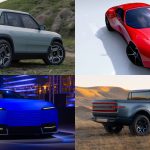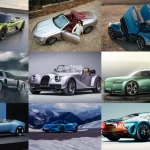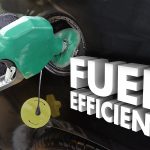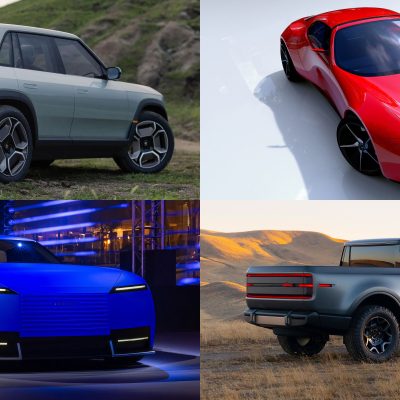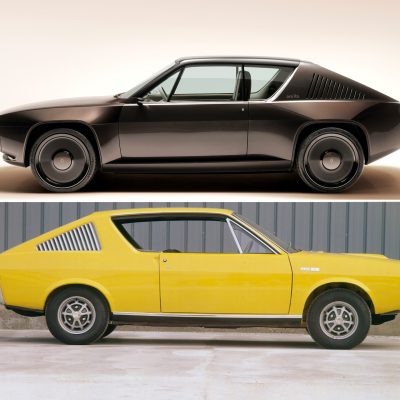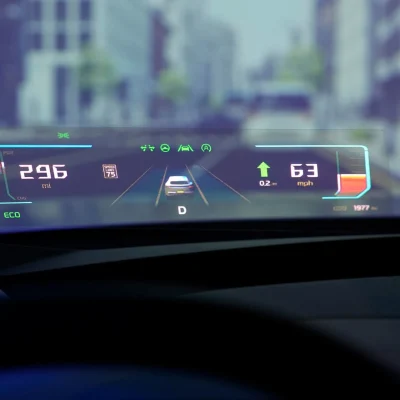You can feel it the moment you walk into the hall — the lighting shifts, the silence hums with anticipation, and the crowd tightens around a stage shrouded in blue mist. This isn’t just a car reveal. It’s a declaration: hydrogen is not a forgotten dream. It’s back in the spotlight, and auto shows around the world are making one thing clear — hydrogen might just have unfinished business with the future of mobility.
From sleek concept supercars to commercial-grade transport solutions, hydrogen-powered vehicles are no longer the fringe science projects they once were. They’re rolling, they’re roaring, and they’re refueling fast.
A New Kind of Buzz at the Shows
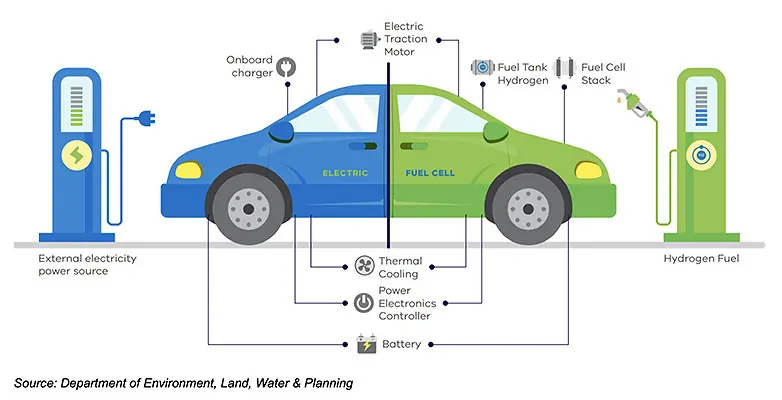
Auto shows have always been more than chrome and horsepower — they’re where the industry whispers its secrets and shouts its intentions. And this year? The whispers have turned into hydrogen-fueled war cries.
Flagship Concepts with Real Teeth
Forget passive prototypes. This year’s hydrogen vehicles came out swinging. Major manufacturers are showcasing hydrogen fuel-cell electric vehicles (FCEVs) that don’t just promise long range — they drip with design bravado. Think bold SUVs built for the future, and retro-futuristic muscle cars that look like they belong in a Blade Runner chase scene.
And these aren’t hollow promises. Specs are maturing. We’re talking real-world range north of 650 km. More importantly, the vehicles aren’t built to merely exist — they’re built to excite. One concept married classic 1970s silhouette muscle with a cutting-edge fuel-cell system and battery hybrid drivetrain, delivering a kind of fusion that makes tech enthusiasts and petrolheads equally giddy.
More Than Just Passenger Cars
This wasn’t just a passenger car pitch. Hydrogen’s future is being sketched across a much broader canvas — heavy-duty trucks, commercial logistics platforms, and even modular energy units that support entire fleets. Auto shows are now platforms for companies to present hydrogen not as a “car fuel,” but as a solution to system-wide energy demands.
Infrastructure — once the elephant in the hydrogen room — is finally part of the spotlight too. Rather than dodging the topic, automakers are openly showcasing partnerships and rollout plans. No longer a pipe dream; it’s becoming a business plan.
Why Hydrogen Is Getting Hot Again
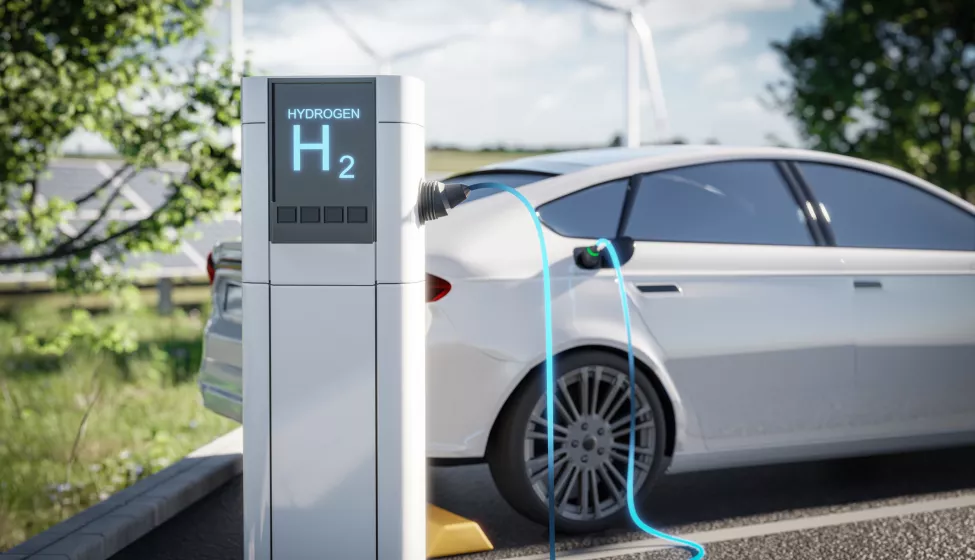
We’ve heard it before: “hydrogen is the fuel of the future… and always will be.” But this time, it feels different. Here’s why:
1. Refueling Time & Range
Unlike battery EVs that require 20 to 60 minutes (even with fast chargers), hydrogen tanks refill in roughly five minutes. For long-haul applications or impatient drivers, that’s a game changer. Combine that with respectable range numbers — some nearing or exceeding 600 km — and suddenly, you’ve got a compelling argument for road warriors.
2. Versatility Across Vehicle Types
Where battery packs struggle with weight and recharge times — especially in freight, construction, or emergency services — hydrogen can shine. Lightweight tanks, consistent performance in cold weather, and the ability to scale from cars to trains to ships? That’s a portfolio battery power can’t match — at least not yet.
3. A Different Flavor of Cool
Let’s be real: a lot of electric vehicles right now look and feel… the same. Minimalist dashboards, silent powertrains, glossy screens. But hydrogen? It’s sparking a wave of bold design. From neon-lit concept cockpits to aggressive retro-futuristic bodies, these cars don’t just drive — they perform. They express.
Reality Check: The Hurdles Are Still There
All that said — let’s not get too misty-eyed about a hydrogen takeover. There’s a reason battery EVs have dominated the zero-emissions race so far.
1. Infrastructure Is Thin on the Ground
You can count the number of public hydrogen refueling stations in most countries on one hand. That’s a major bottleneck. Without a robust and accessible network, hydrogen cars remain impractical for the average buyer.
2. Expensive Tech, Complex Systems
Fuel cells, pressure-resistant tanks, hydrogen sensors — they’re not cheap. And they’re not as mature as the tech behind battery EVs. Until these costs come down, hydrogen will struggle to go mass-market.
3. Energy Efficiency Concerns
Producing hydrogen — especially clean hydrogen — remains energy-intensive. Unless it’s generated via renewable-powered electrolysis, it risks being less green than it seems. There’s also energy lost in compression, transportation, and storage.
4. The EV Head Start
Let’s not forget: battery-electric vehicles already have the lead. The infrastructure is growing fast, consumer awareness is high, and governments are throwing money at EV incentives. Hydrogen is catching up — but it’s got ground to make.
The Smart Money: Where Hydrogen Can Win
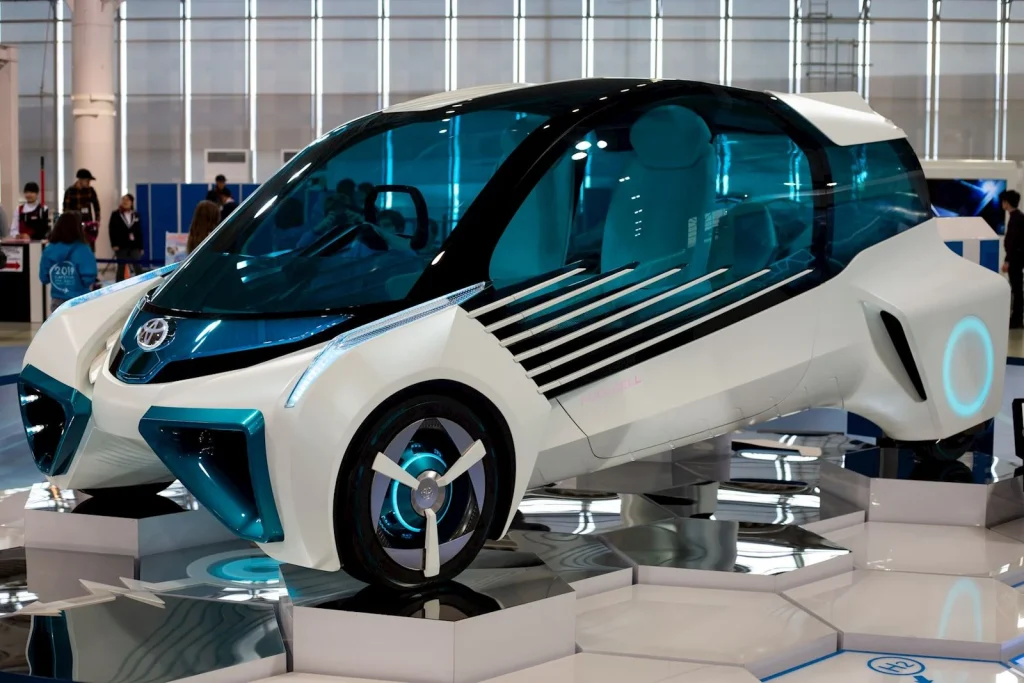
So, is hydrogen the future? Let’s dial that in.
Hydrogen Makes Sense For:
- Heavy-duty transport — Trucks, buses, freight vehicles that need long range and quick turnaround.
- Performance & niche markets — Lightweight, high-output platforms that need alternatives to heavy battery packs.
- Energy-dense mobility regions — Areas with ample renewables (like solar or wind) where green hydrogen production is viable.
- Fleets and logistics — Centralized operations where a few refueling stations can serve many vehicles.
Less Likely (for now):
- Affordable everyday sedans — Battery EVs have too much momentum, cost advantage, and charging accessibility.
- Developing regions — Without infrastructure or subsidies, hydrogen vehicles are a hard sell.
- Short urban commutes — Where a small battery car or e-scooter just makes more sense.
What’s Next? What Auto Shows Are Hinting
Expect hydrogen to become a regular feature in auto show halls — not a rare novelty. Here’s what to watch for in upcoming showcases:
- Production timelines for hydrogen models, not just eye-candy concepts.
- Concrete partnerships between automakers and energy providers to expand refueling stations.
- Hydrogen hybridization — pairing batteries and hydrogen in smarter, more efficient ways.
- Standardization of tanks and refueling protocols, making the tech easier to scale.
- Government policy shifts as hydrogen aligns with decarbonization goals in freight and industry.
Final Thoughts: A Flame That Refuses to Die
The return of hydrogen to center stage feels like an underdog story that refuses to be forgotten. Auto shows are no longer just hosting hydrogen tech — they’re celebrating it. The emotion is back. The engineering is catching up. And the message is clear: battery EVs may lead the charge, but hydrogen isn’t backing down.
In the decades-long race toward a zero-emissions future, hydrogen was once the golden child, then the black sheep. Now? It’s emerging as a specialist — not for every road, but for the right ones.
So is hydrogen the future? Maybe not the whole future. But it’s looking more and more like a part of it. And if what we’ve seen under the lights of the world’s biggest auto shows is any indication, it’s going to be one fascinating ride.

